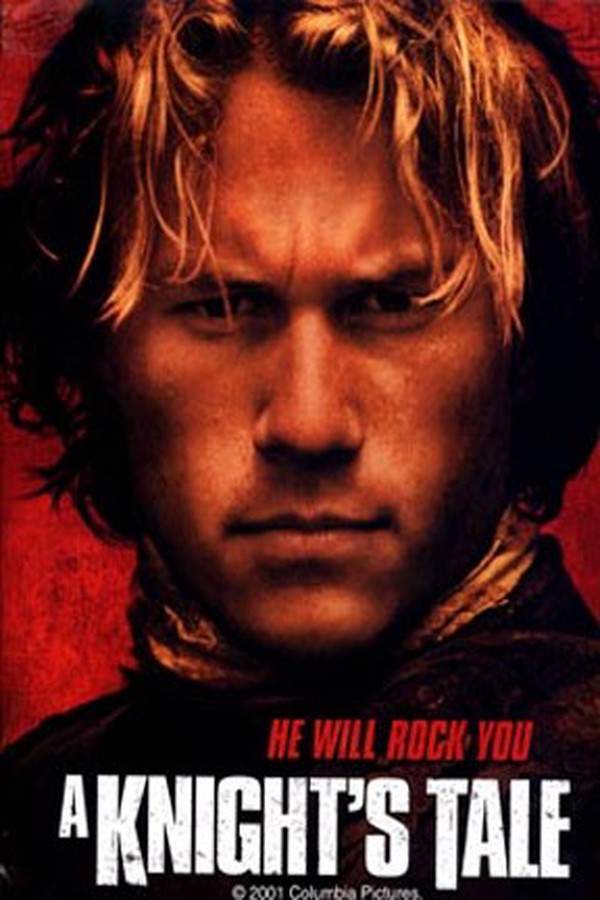
The Canterbury Tales
Year: 1972
Runtime: 111 mins
Language: Italian
From the creators of “Decameron”, this lively film presents Geoffrey Chaucer’s most risqué tales of medieval England. It intersperses brief dramatized glimpses of Chaucer himself penning his famous work with vivid re‑enactments of several bawdy stories, capturing the humor and romance of the era.
Warning: spoilers below!
Haven’t seen The Canterbury Tales yet? This summary contains major spoilers. Bookmark the page, watch the movie, and come back for the full breakdown. If you're ready, scroll on and relive the story!
Timeline & Setting – The Canterbury Tales (1972)
Explore the full timeline and setting of The Canterbury Tales (1972). Follow every major event in chronological order and see how the environment shapes the story, characters, and dramatic tension.
Last Updated: October 04, 2025 at 14:49
Main Characters – The Canterbury Tales (1972)
Meet the key characters of The Canterbury Tales (1972), with detailed profiles, motivations, and roles in the plot. Understand their emotional journeys and what they reveal about the film’s deeper themes.
Last Updated: October 04, 2025 at 14:49
Major Themes – The Canterbury Tales (1972)
Explore the central themes of The Canterbury Tales (1972), from psychological, social, and emotional dimensions to philosophical messages. Understand what the film is really saying beneath the surface.
Last Updated: October 04, 2025 at 14:49
Unlock the Full Story of The Canterbury Tales
Don't stop at just watching — explore The Canterbury Tales in full detail. From the complete plot summary and scene-by-scene timeline to character breakdowns, thematic analysis, and a deep dive into the ending — every page helps you truly understand what The Canterbury Tales is all about. Plus, discover what's next after the movie.
The Canterbury Tales Summary
Read a complete plot summary of The Canterbury Tales, including all key story points, character arcs, and turning points. This in-depth recap is ideal for understanding the narrative structure or reviewing what happened in the movie.

Similar Movies to The Canterbury Tales
Discover movies like The Canterbury Tales that share similar genres, themes, and storytelling elements. Whether you’re drawn to the atmosphere, character arcs, or plot structure, these curated recommendations will help you explore more films you’ll love.
Explore More About Movie The Canterbury Tales
The Canterbury Tales (1972) Plot Summary & Movie Recap
The Canterbury Tales (1972) Scene-by-Scene Movie Timeline
The Canterbury Tales (1972) Spoiler-Free Summary & Key Flow
Movies Like The Canterbury Tales – Similar Titles You’ll Enjoy
A Knight's Tale (2001) Full Movie Breakdown
Virgin Territory (2007) Complete Plot Breakdown
Naughty Nun (1972) Detailed Story Recap
Tales of Canterbury (1973) Detailed Story Recap
The Thousand and One Nights of Boccaccio in Canterbury (1973) Story Summary & Characters
On My Way to the Crusades, I Met a Girl Who… (1967) Plot Summary & Ending Explained
Tales of Erotica (1996) Full Summary & Key Details
What? (1972) Complete Plot Breakdown
Tales of Erotica (1972) Detailed Story Recap
More Sexy Canterbury Tales (1972) Full Summary & Key Details
My Tale Is Hot (1964) Story Summary & Characters
Boccaccio ’70 (1962) Film Overview & Timeline
The Sexbury Tales (1973) Detailed Story Recap
The Decameron (1000) Plot Summary & Ending Explained
The Decameron (1971) Story Summary & Characters

















